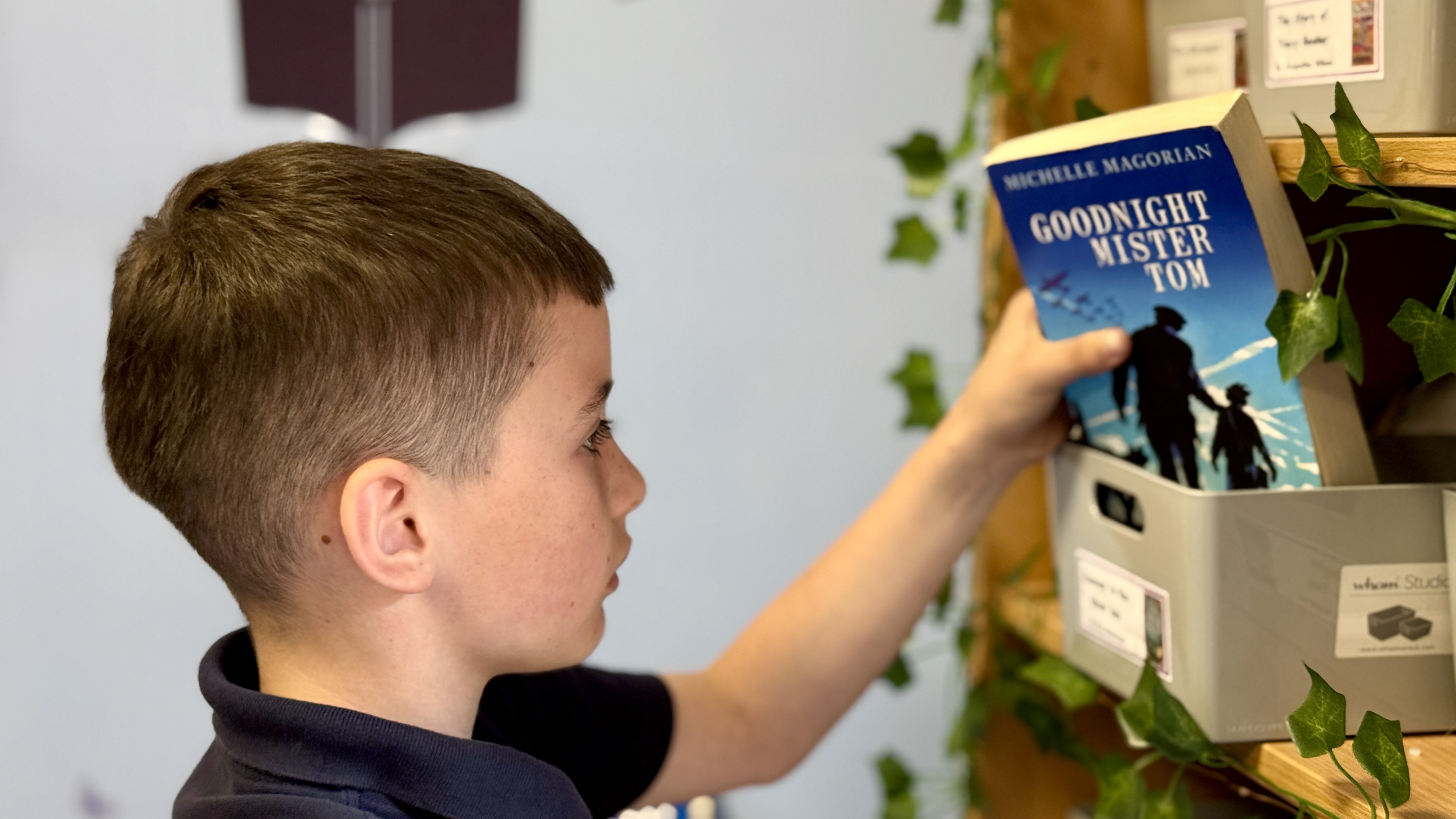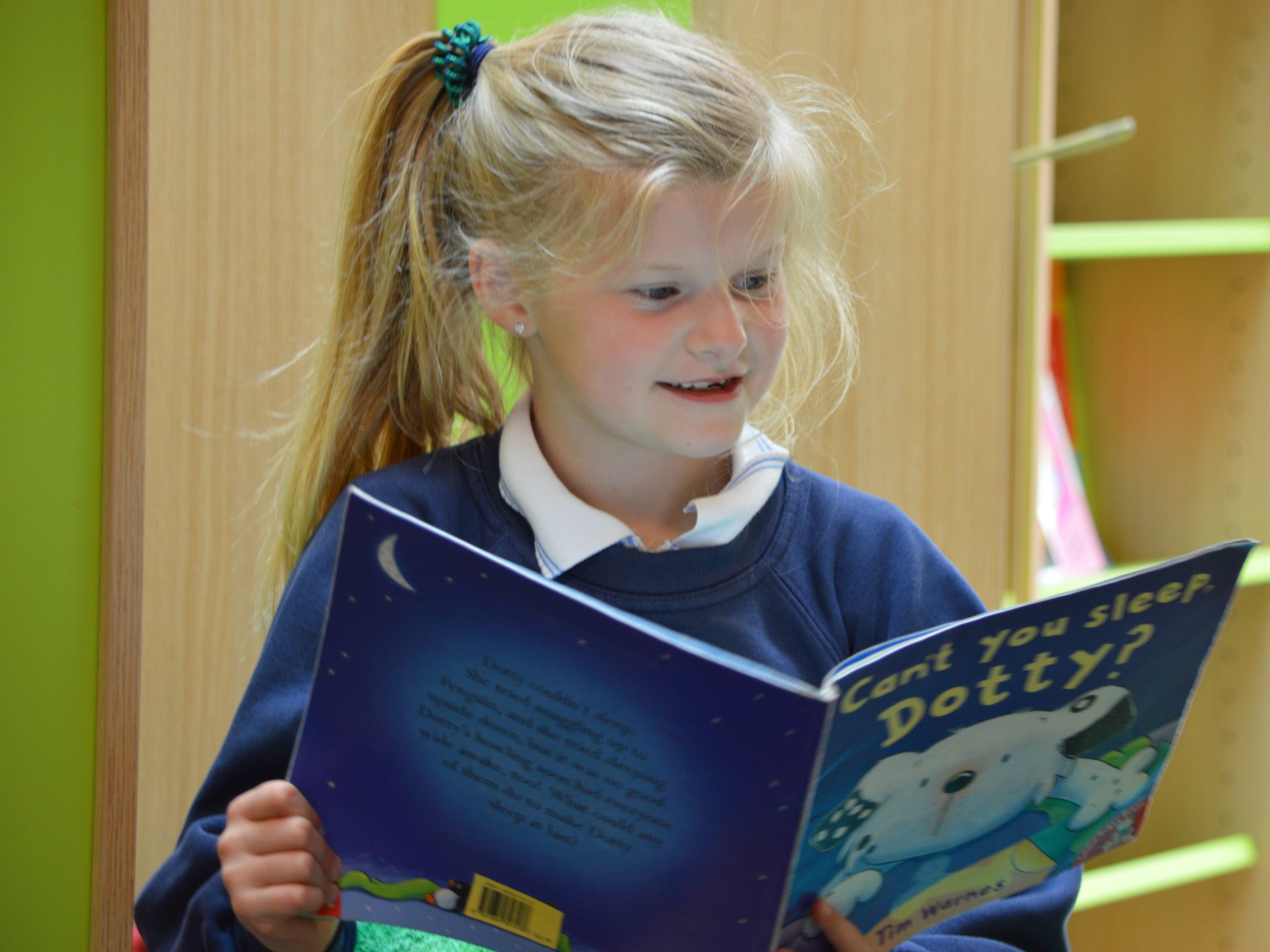
At Birley Primary Academy, we aim to promote and encourage children to want to pick up books and read. We want to drive the desire to want to read not only for academic achievement but also for pleasure. Sometimes, as a reader, we may require support, encouragement and guidance to direct us towards books to choose – books that will interest and motivate a love towards reading. As an academy, we use a wide variety of strategies that can be found upon our Love of Reading page.
However, as a parent, you can also support your child to develop a love of reading through completing daily reading at home with reading books assigned to your child by the academy and through reading books for pleasure. As a parent, we recognise that book recommendations will support your role in doing this. Therefore, below, you will find a range of resources and guidance that will help you guide and support your child with their reading.

Firstly, the academy wanted to share with you ‘Top 10 Tips for Parents’ released by the Department for Education about how to support your child to read.
In addition to these top ten tips, please read through this guide all about how we can promote reading for pleasure at home.
Promoting reading for pleasure at home download.
Recommended Reads
As previously mentioned, we recognise that book recommendations can support parents to find books that will support their children with their reading. Below, please find two different documents that will signpost you to book recommendations either through author or through genre.
Reading Tube Map
Firstly, there is a Reading Tube Map document available to download below. How does it work? Follow the line of your child’s favourite authors and it will offer suggestions of similar authors you might like to try with your child.
Reading for pleasure tube map download.
The Reading Road
On our Reading Roads, you can choose a story genre that your child enjoys and follow the road to find other stories that your child will enjoy as they progress with their reading. The books progress in level of challenge from Key Stage 1 to the end of Key Stage 2. Please see the document below which is also downloadable.